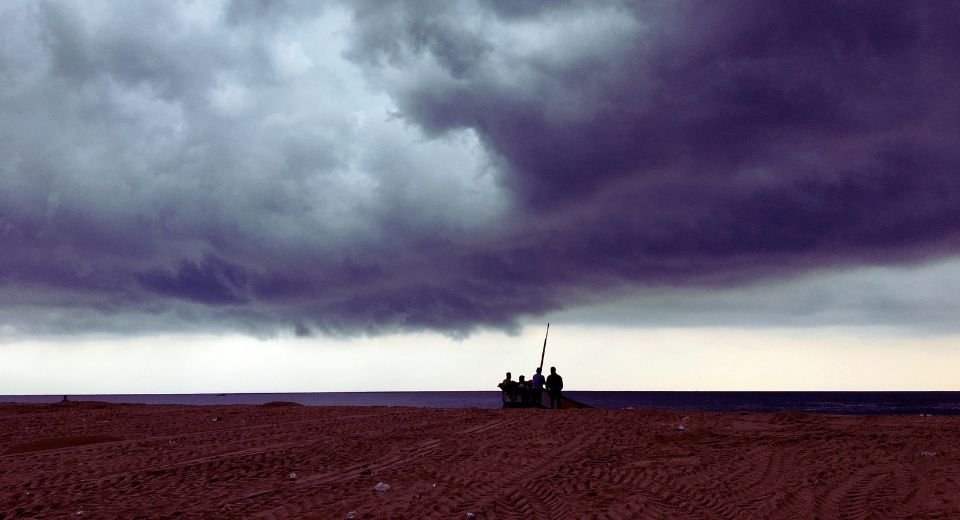HQ Team
September 29, 2023: Changing heat patterns are intensifying severe cyclones over the Eastern Arabian Sea affecting artisanal fishing livelihoods.
Weather systems have increasingly developed into cyclones in recent years over the Arabian Sea showing conditions for storm activity, according to the study published online in Nature Scientific Reports recently.
The Eastern Arabian Sea is adjacent to India’s densely populated west coast.
The study focused on an increasing trend of intense cyclones, especially in the post-monsoon period.
The first recorded post-monsoon Extremely Severe Cyclonic Storm (ESCS, with winds above 168 kmph) of the Arabian Sea occurred in October 2014 (Nilofar).
Chapala, Megh
It was followed by two back-to-back ESCSs during the next post-monsoon season (2015 – Chapala and Megh).
In 2019 there were five cyclones, and ESCS Maha coexisted briefly with the Super Cyclonic Storm (above 222kmph) Kyarr as an unprecedented double event in the satellite era (after 1961).
Meanwhile, the total duration of Very Severe Cyclonic Storms has also increased three-fold and Cyclonic Storms by 80%.
Large-scale ocean subsurface conditions have a crucial influence on the formation of cyclones over the Eastern Arabian Sea.
The influence happens through the ocean’s sensitivity to atmospheric forcing or the difference between incoming solar energy and outgoing radiation with other fluxes.
Thermal instability
A tropical cyclone is a rotating low-pressure system with high wind and heavy rain fuelled by the warm and moist air over tropical oceans.
It can continue for days or weeks and travel great distances till it dissipates over land or cooler oceans.
The thermodynamic structure—comprising heat, temperature and energy relationships—of the upper ocean and lower atmosphere influence how cyclones develop and gain strength over the Eastern Arabian Sea, according to the study.
This pattern is regulated by a rise in thermal instability and humidity in the middle part of the troposphere between 4-10 km above the earth’s surface.
Instability denotes the tendency for air parcels to shoot up when warmed, thereby causing severe weather.
March-June period
At the same time, changes in ocean temperature variation at different depths, as a result of global warming, cause processes below the ocean surface to favour tropical cyclone formation.
This happens when relatively stable, warmer and colder layers within the deep ocean spread to more areas.
Ocean subsurface warming in the Eastern Arabian Sea influences the development and intensification of cyclones mostly during March–June.
The mid-tropospheric relative humidity and thermal instability influence the development and intensification of an anomalously high number of cyclones within a short period (called clustering) over the Eastern Arabian Sea during the October–December season.
Tropical cyclones also interact and intensify over regions of higher tropical cyclone heat potential.
Very Severe Cyclonic Storm (wind speeds above 118 kmph) Ockhi that formed in the Bay of Bengal encountered anomalously high sea surface temperature and ocean subsurface temperatures, leading to its rapid intensification over the Eastern Arabian Sea.
A separate study done by the India Meteorological Department and Cochin University of Science and Technology called for better, localised, impact-based forecasts.









1 Comment